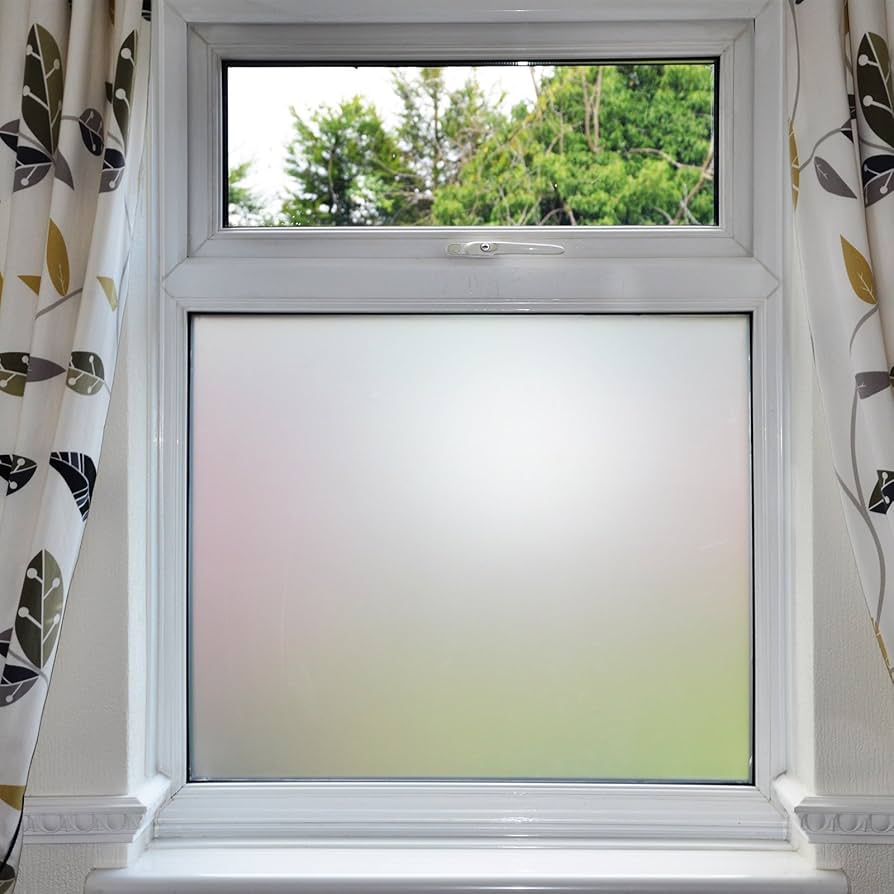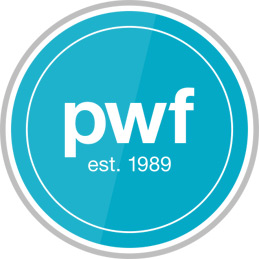What is Satin Glass?
Satin glass, sometimes called frosted or obscure glass, has quietly become one of the most polished choices for homeowners, designers and builders who demand both a soft aesthetic and effective privacy. But what makes satin glass so special? What techniques give it that smooth, misty finish? And why is it cropping up everywhere from bathroom screens to boutique shopfronts? This article dives into satin glass from its chemical origins to its modern uses, shedding light on its appeal in architecture and interior design.

What is Satin Glass?
What Is Satin Glass?
Satin glass is a type of frosted or obscure glass characterised by a smooth, velvety texture and translucent appearance :contentReference[oaicite:1]{index=1}. Unlike ordinary clear glass, satin glass softens light, diffuses glare and obscures vision without blocking illumination.
The satin surface is typically achieved through chemical treatment. Hydrofluoric acid or its fumes react with the surface layer of the glass, etching microscopic pits that scatter light. The result is an even matte finish that is subtle yet functional :contentReference[oaicite:2]{index=2}. Historically the same term also described collectible pressed glass from the 1880s, valued for its pastel colours and opaque finish. Today, however, satin glass usually refers to architectural or decorative translucent panels.
How Satin Glass Is Made
The transformation from clear to satin glass begins in a controlled manufacturing environment. A sheet of standard soda‑lime or toughened glass is first cleaned and prepped. In baths or enclosed chambers, hydrofluoric acid is applied in liquid or vapor form. The chemical process etches the surface uniformly. Temperature, duration and acid concentration are carefully calibrated to maintain consistent texture and avoid cracking.
After treatment, the glass is rinsed and neutralised. This step eliminates any lingering chemical residue and stabilises the surface. The final product is quality‑controlled: panels are inspected for evenness, absence of spots or gloss and uniform haze. Panels can also be laminated or toughened after etching, depending on the application.
Why Choose Satin Glass?
Satin glass satisfies a growing demand for materials that provide privacy without resorting to heavy drapes or blinds. It allows daylight to flood a room while obscuring the details of objects or occupants behind it. For architects aiming to balance openness with discretion, satin glass is an elegant solution.
In addition to its privacy benefits, satin glass has aesthetic appeal. Its muted, milky look creates a calming ambience. Interior designers often choose pastel‑tinted satin glass for partitions, splashbacks and doors to enhance a clean, calm or minimalist design scheme. Unlike printed or patterned glass, satin glass offers depth without visual clutter.
Common Uses in Homes and Businesses
One of the most common uses is shower screens. Satin glass is ideal where natural light is welcome but privacy is essential. The diffuse finish adds a spa‑like atmosphere in bathrooms.
Internal office partitions also benefit from satin glass. Teams can work in semi‑private pods that feel open yet discreet. Conference rooms might feature satin‑glass walls or doors, allowing whiteboard sketches to be seen without fully exposing the room.
Homeowners have embraced satin glass in doors, sidelights and kitchen splashbacks. Its translucent glow adds elegance while hiding fingerprints or smudges. Retail settings also make good use of satin glass in shopfronts, fitting rooms and display cases, where items can be subtly showcased without full transparency.
The Difference Between Satin, Frosted and Obscure Glass
The term “obscure glass” applies broadly to any glass that distorts vision. Frosted glass is typically acid‑etched or sand‑blasted to form a coarse, frosty appearance. Satin glass falls within this obscure category, distinguished by a smoother, more velvety feel :contentReference[oaicite:3]{index=3}.
Where frosted glass may appear visibly granular or frosty, satin glass is softer, less harsh on the eyes, and gentler on interior design palettes. Its texture is uniform and refined, making it easier to integrate with modern design themes.
Technical Considerations and Ratings
Architects and specifiers reference obscure glass by levels of haze or privacy rating. While exact scales vary, satin glass typically falls in the mid to high privacy range. It blocks detailed vision but still allows ambient light. Some manufacturers use units or codes; others rely on sample panels viewed in real‑world lighting to select the ideal opacity.
Additional performance features can include toughened or laminated construction, fire‑rating, or low‑iron versions. These variations cater to building‑regulation requirements or structural needs without sacrificing the satin look.
Maintenance and Care Tips
Satin glass is easier to clean than patterned or rough‑etched types because the smooth texture deters dirt accumulation. Routine cleaning with a soft, non‑abrasive cloth and mild detergent is usually sufficient. Avoid scouring pads or strong acidic cleaners that could wear down the satin finish.
In kitchens or bathrooms, occasional hard‑water stains may require gentle de‑limescale solutions. Testing a small inconspicuous area first is always advisable to prevent uneven finish.
Choosing Satin Glass for Your Next Project
When specifying glass, consider visibility needs, design intent and building factors. For privacy in bathrooms, offices or front doors, satin glass is a prime candidate. Ask your supplier whether panels are acid‑etched after toughening (preferred for clarity) or only pre‑etched before strengthening.
Discuss additional options like lamination for safety or fire‑rating for compliance. If colour is desired, tinted satin glass can add personality while preserving translucence.
Summary
Satin glass is a sophisticated blend of science and design. With its misted, velvety finish achieved through acid etching, it delivers refined aesthetics, effective privacy and practical light diffusion. Whether used in homes, offices or retail spaces, satin glass brings a quiet elegance without compromising brightness.
For those seeking a balance of form and function, satin glass remains a leading choice in modern glazing. Its versatility and understated beauty ensure it will continue to be a staple in architectural glass design for years to come.













Great post! Glazing is such an important aspect of both aesthetics and energy efficiency in modern buildings. It’s amazing how the right glass choices can completely transform a space while also improving insulation and reducing noise. Thanks for sharing!